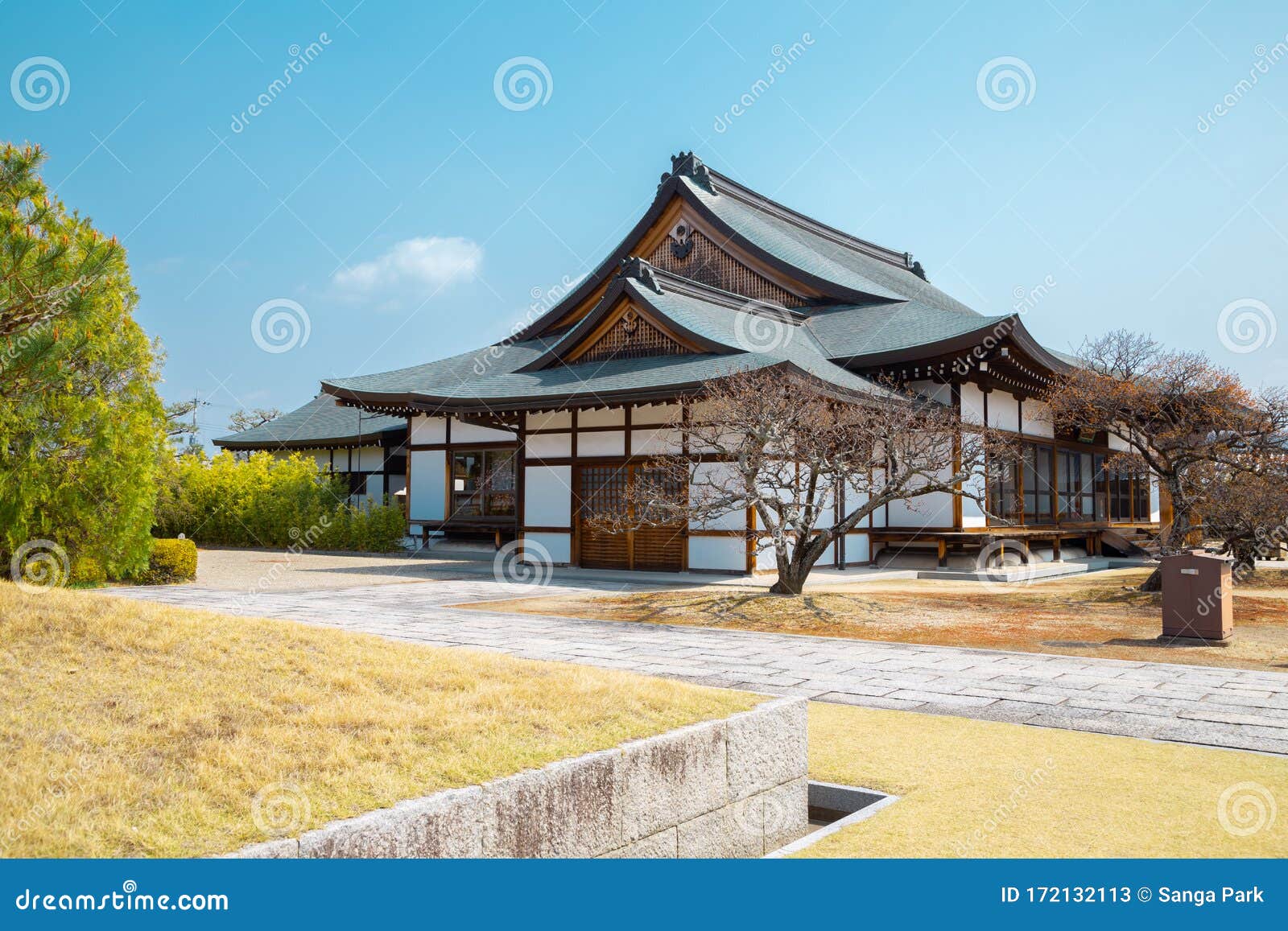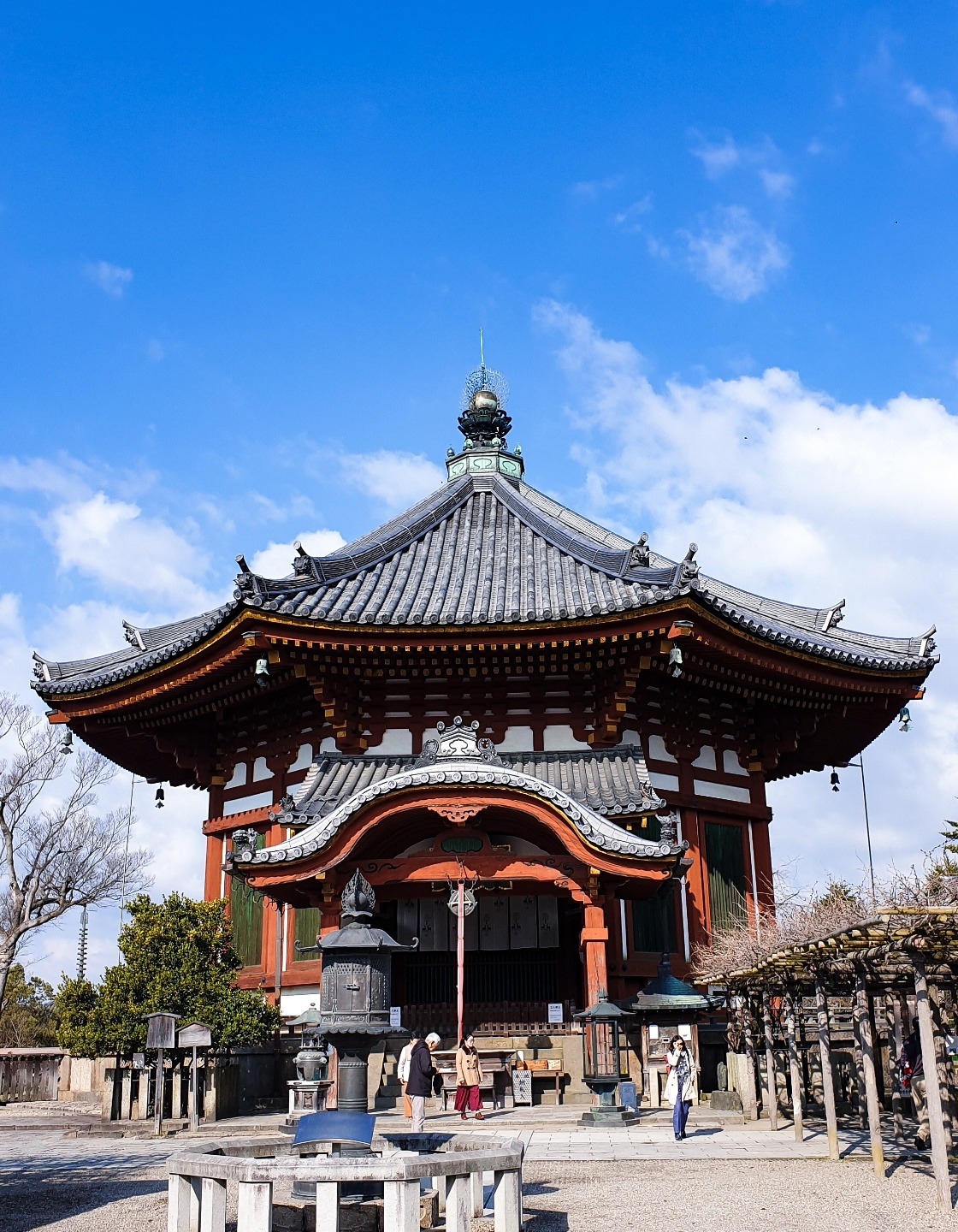Hōshōryū: Ancient Buddhist Temple Of Nara, Japan's Architectural Gem
Hōshōryū: Ancient Buddhist Temple Of Nara, Japan's Architectural Gem
Editor's Notes: "Hōshōryū: Ancient Buddhist Temple Of Nara, Japan's Architectural Gem" have published today date

Nenbutsu-do Buddhist Temple, Nara, Japan Stock Photo - Image of - Source www.dreamstime.com
Our team analyzed and dug out information from authentic sources; here we present this "Hōshōryū: Ancient Buddhist Temple Of Nara, Japan's Architectural Gem" guide to assist make the right decision.
Key differences or Key takeaways
| Description | First Permanent Buddhist Formal Structure |
| Location | Nara, Japan |
| Established | 607 C.E. |
| UNESCO World Heritage Site | Yes |
| Famous For | Yakushi-ji Pagoda, Great Western Gate, Golden Hall |
Transition to main article topics
FAQ
Discover the answers to frequently asked questions about the famed Hōshōryū, a treasure of Nara's ancient Buddhist architecture.
Question 1: What is the historical significance of Hōshōryū?
Hōshōryū is the oldest wooden structure in the world, dating back to 607 AD. As one of the earliest examples of Buddhist architecture in Japan, it showcases the fusion of Chinese and Korean design elements that shaped Nara's unique architectural style.

Nigatsu-do Buddhist Temple, Nara, Japan Editorial Photography - Image - Source www.dreamstime.com
Question 2: What are the architectural highlights of Hōshōryū?
The temple complex comprises a pagoda, a main hall, and other structures arranged symmetrically. The pagoda, with its five graceful stories, is a masterpiece of joinery technique, while the main hall houses exquisite sculptures and paintings.
Question 3: What is the purpose of Hōshōryū today?
Hōshōryū remains an active Buddhist temple, hosting numerous ceremonies and rituals throughout the year. It is also a designated UNESCO World Heritage Site, attracting pilgrims and tourists alike.
Question 4: What is the best time to visit Hōshōryū?
Spring and autumn offer ideal weather for visiting, when the temple's surroundings are adorned with cherry blossoms or vibrant autumn foliage.
Question 5: Are there any special events or festivals held at Hōshōryū?
Yes, Hōshōryū hosts the annual Hōshōryū Omizutori Festival in March, a sacred ritual involving the extinguishing and relighting of a sacred flame.
Question 6: How do I get to Hōshōryū?
Hōshōryū is located in the Ikaruga area of Nara Prefecture. It can be reached by train on the JR Yamatoji Line to Ikaruga Station or by bus from Nara Station.
Delving into these FAQs will provide a deeper understanding of Hōshōryū, its architectural brilliance, and its enduring significance in Japanese history.
Continue your exploration of Nara's architectural wonders with our next section.
Tips
The Hōshōryū Hōshōryū: Ancient Buddhist Temple Of Nara, Japan's Architectural Gem , is a treasure-trove of architectural wonders and historical significance. When visiting, consider these tips to enhance your experience:
Tip 1: Admire the Kondo's Architectural Mastery
The Kondo, or Golden Hall, is the temple's centerpiece. Marvel at its symmetrical design, intricate roof bracketing, and elegant proportions. It is considered a masterpiece of Asuka period architecture, showcasing the fusion of Japanese and Chinese influences.
Tip 2: Discover the Hōryūji Treasures

Doors of the Ancient Buddhist Temple in Nara, Japan Stock Image - Image - Source www.dreamstime.com
Visit the Hōryūji Treasures Hall, a UNESCO World Heritage Site, to view a remarkable collection of Buddhist art and artifacts. Admire the iconic bronze statue of Yakushi Nyorai, adorned with precious jewels, and the exquisite wooden sculptures of the Twelve Divine Generals.
Tip 3: Explore the Five-Storied Pagoda
Ascend to the top of the Five-Storied Pagoda for panoramic views of the temple complex and surrounding landscape. Each level features intricate carvings and sculptures, representing different Buddhist deities and concepts.
Tip 4: Step Inside the Kondō and Yakushi-ji
Enter the Kondo and Yakushi-ji to witness the stunning interior decorations. Admire the vibrant murals, depicting scenes from the life of Buddha, and the graceful wooden sculptures that adorn the walls and altars.
Tip 5: Stroll through the Tranquil Gardens
Take a stroll through the temple's tranquil gardens, admiring the traditional dry landscape design and the serene atmosphere. The gardens provide a peaceful retreat for contemplation and reflection, allowing you to immerse yourself in the temple's spiritual ambiance.
These tips will guide you through the architectural wonders and historical significance of Hōshōryū. By following them, you can delve deeper into the temple's rich heritage and appreciate its enduring legacy as a masterpiece of Japanese architecture.
Hōshōryū: Ancient Buddhist Temple Of Nara, Japan's Architectural Gem
Hōshōryū, a UNESCO World Heritage site, stands as an architectural marvel within Japan's ancient city of Nara, showcasing significant aspects that contribute to its enduring legacy.
- Year of Construction: 607 CE
- Architectural Style: Asuka Period
- Founder: Prince Shōtoku
- National Treasure: Golden Kondo Hall
- Unique Feature: World's oldest wooden building
- Historical Significance: Introduction of Buddhism to Japan
These aspects collectively highlight Hōshōryū's architectural brilliance, historical significance, and cultural impact. Its longevity, as the oldest surviving wooden structure, exemplifies the enduring nature of Japanese craftsmanship and the temple's role in fostering Buddhism's influence and development in Japan.

Yakushi-ji Ancient Buddhist Temple in Nara, Japan Stock Image - Image - Source www.dreamstime.com

Buddhist temple in Nara, Japan - Soul in Seoul - Source bailuzhang.tumblr.com
Hōshōryū: Ancient Buddhist Temple Of Nara, Japan's Architectural Gem
Hōshōryū is an ancient Buddhist temple located in Ikaruga, Nara Prefecture, Japan. It was founded in 607 AD and is one of the oldest wooden buildings in the world. The temple is a UNESCO World Heritage Site and is considered to be one of the most important examples of Buddhist architecture in Japan.

The Great Buddha Hall As Seen from Tengai-mon. Todaiji Buddhist Temple - Source www.dreamstime.com
The temple complex consists of several buildings, including the Kondo (Golden Hall), the Pagoda, and the Lecture Hall. The Kondo is the main building of the temple and houses the main image of the temple, a gilt bronze statue of Shaka Nyorai (the historical Buddha). The Pagoda is a five-story tower that is used for storing Buddhist scriptures. The Lecture Hall is used for teaching and other religious activities.
Hōshōryū is an important example of Buddhist architecture because it represents the early development of this style in Japan. The temple complex is also an important historical site, as it was the location of the first official Buddhist ordination ceremony in Japan.
Table: Key Insights on Hōshōryū
| Key Insight | Explanation |
|---|---|
| Hōshōryū is one of the oldest wooden buildings in the world. | The temple was built in 607 AD and has survived for over 1,400 years. |
| Hōshōryū is a UNESCO World Heritage Site. | The temple is considered to be one of the most important examples of Buddhist architecture in Japan. |
| Hōshōryū represents the early development of Buddhist architecture in Japan. | The temple complex is an important historical site, as it was the location of the first official Buddhist ordination ceremony in Japan. |
Conclusion
Hōshōryū is an ancient Buddhist temple that is an important example of Buddhist architecture in Japan. The temple complex is also an important historical site, as it was the location of the first official Buddhist ordination ceremony in Japan. Hōshōryū is a UNESCO World Heritage Site and is considered to be one of the most important examples of Buddhist architecture in Japan.
The temple is a reminder of the long and rich history of Buddhism in Japan. It is also a testament to the skill and artistry of the Japanese people.
Unveiling The Sacred: Virgen De La Paz, Protector Of Peace And Harmony, Representative Ilhan Omar: Champion Of Social Justice And Progressive Policies, Amanda Balionis: Trailblazing Sportscaster And Emmy Award-Winning Journalist, Ohio State Buckeyes Clash With Nebraska Cornhuskers In College Football Showdown, Friday Night Lights: Gridiron Dreams, Small-Town Spirit, A Comprehensive Look Back At Super Bowl History And Unforgettable Moments, Natalie Cochran: Trailblazing CEO And Advocate For Economic Empowerment, Big Ten Showdown: Wisconsin Badgers Face Off Against Maryland Terrapins, Coin Band Breaks Up: Discord In The Ranks Leaves Fans Dismayed, Prepare For Winter's Wrath: Stay Informed With The Latest Storm Weather Forecast,